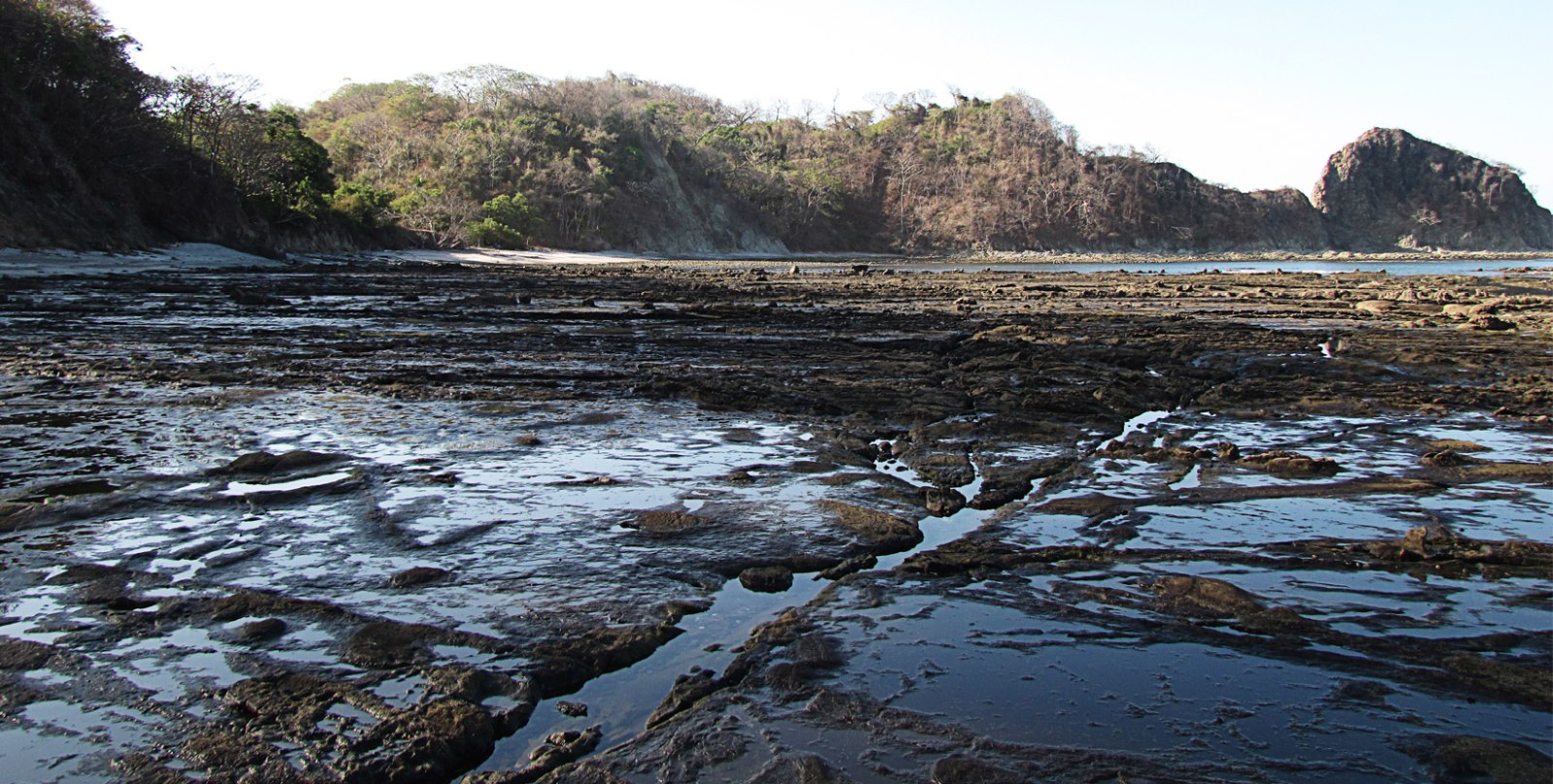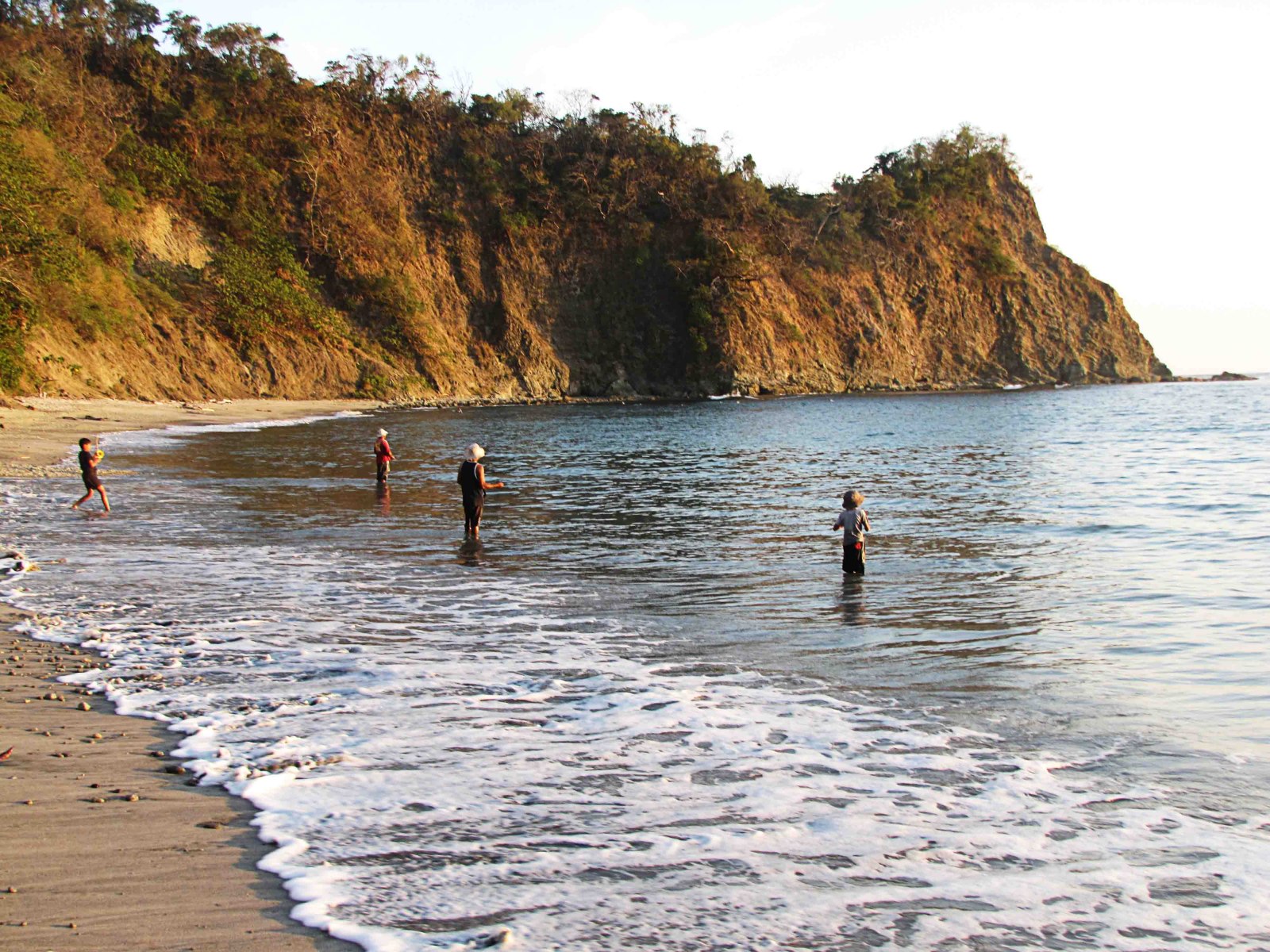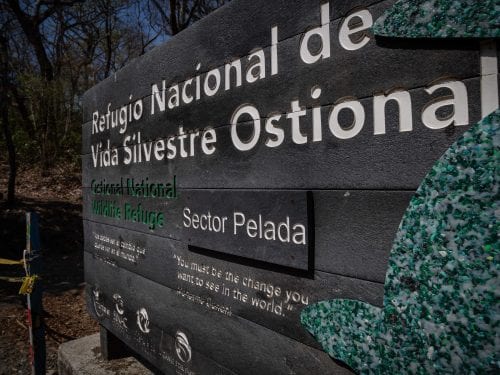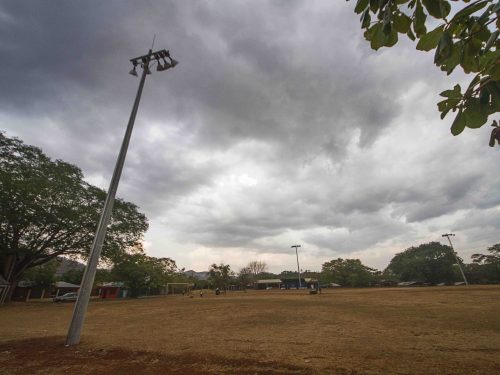
Necessary studies are holding up municipal hopes of opening access roads to beaches along the coast such as Pavones, Bajo Escondido and Rosada, as well as the idea of opening a roadway through the maritime zone to connect the beaches of Barrigona and Barco Quebrado.
In January, the mayor of the canton of Nicoya, Marco Antonio Jimenez Muñoz, told The Voice that he hoped studies by the Ministry of Environment and Energy (MINAE) and by various municipal departments would be completed by the end of March in order to open access to the beaches during the second quarter of 2014. However, he is still waiting to receive these reports.
“The delay is because there are people interested in us not opening ways for Costa Ricans to access beaches and scenic beauty,” Jimenez commented. In the light of rumors that he or his relatives have property along the coast, Jimenez affirmed, “I don’t have properties on the coast nor do my family members. I don’t have any particular interest. What I do believe is that the public coastal properties belong to all Costa Ricans.”
Article 23 of Law 6043 regarding the Maritime Land Zone states that municipalities should make roadways to guarantee access to the public zone. In the cases of Pavones, Bajo Escondido, located between Barco Quebrado and Garza, and Rosada at Guiones Point, these beaches are currently landlocked by privately owned fincas and roads that once gave access to them have been closed by the property owners. In the cases of Barrigona and Barco Quebrado, public access roads exist, but the mayor wants to open an additional road connecting the two beaches.
On February 25, The Voice met up with municipal officials at Barco Quebrado when they were inspecting access ways to these beaches. Jimenez pointed out to us that there are mojones (posts that mark the limit of the public maritime zone) on the other side of the fences of the two fincas (properties) that border the beach entrance, one of which is owned by actor Mel Gibson, and that it is not legal for public zones to be fenced in.
Representing MINAE, Mariano Quesada Campos, in charge of forestry use for the region of Nicoya, said he made one site visit to look at the possibility of opening a road between Barco Quebrado and Barrigona, which would pass along the edge of Gibson’s property, but he noted that the road would pass through forest and national heritage land. He said no decisions have been made and the matter would need to be referred to the national advisor of the National System of Conservation Areas (SINAC- Sistema Nacional de Áreas de Conservación) and the Attorney General.
Byron Rosales, head of the municipal land registry department, said that in some cases they are looking at existing roads that are closed or not in use and in other cases they are looking at the possibility of opening new roads. Each of these possibilities requires a different legal process. Since some complex cases are involved, in some instances of private properties with titles, he said progress will be slow because they must be careful and thorough in their investigation.
He explained that a report is being elaborated in coordination with the municipality’s legal department but they need to study not just the registry and cadastral records but also the legality and history of the fincas, which involves going to the National Registry in San Jose and carefully reviewing the complete land registry records, some of which go 30 to 40 years back.
Rosales estimated that it will take at least a couple of months more to complete the study. At that point, he said the report will be made available to the public, noting that “Everyone has the right to information.”







Comments